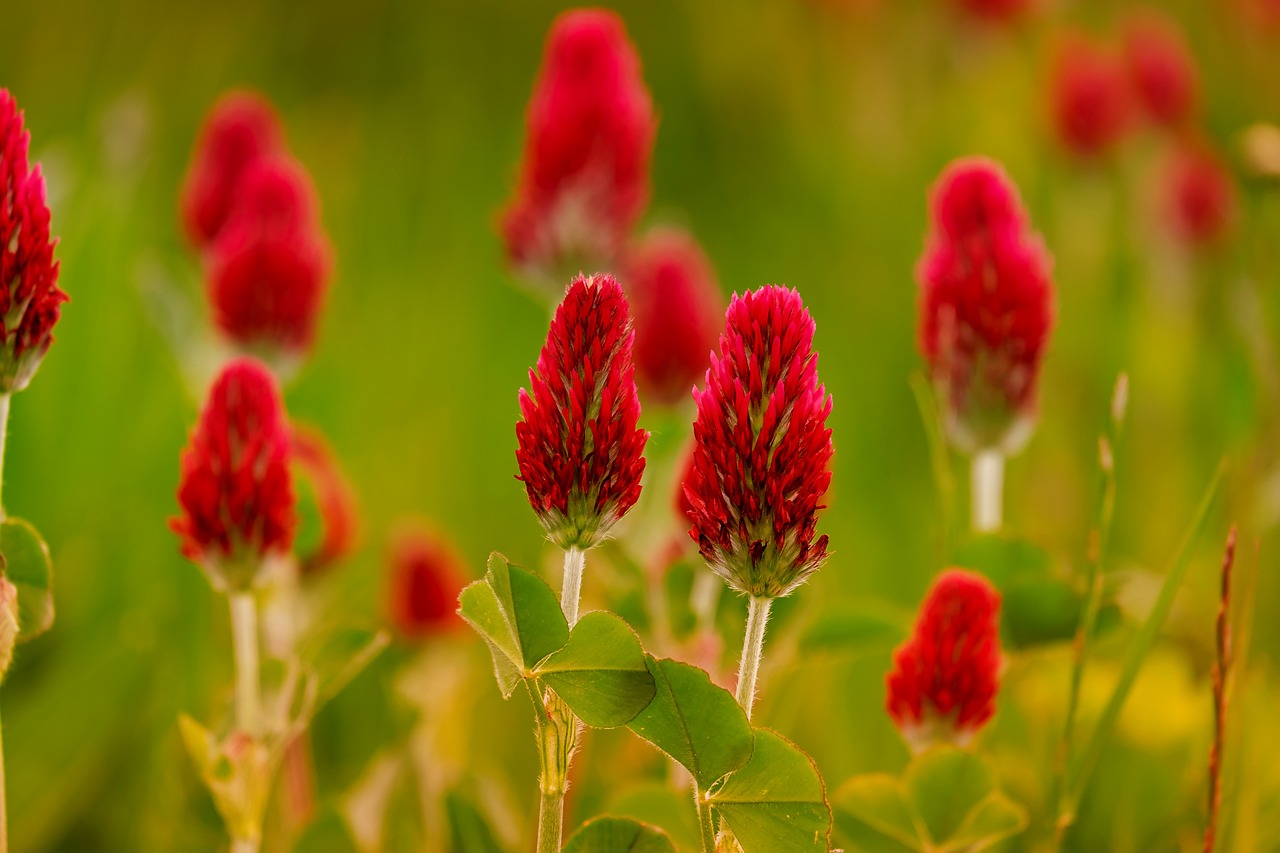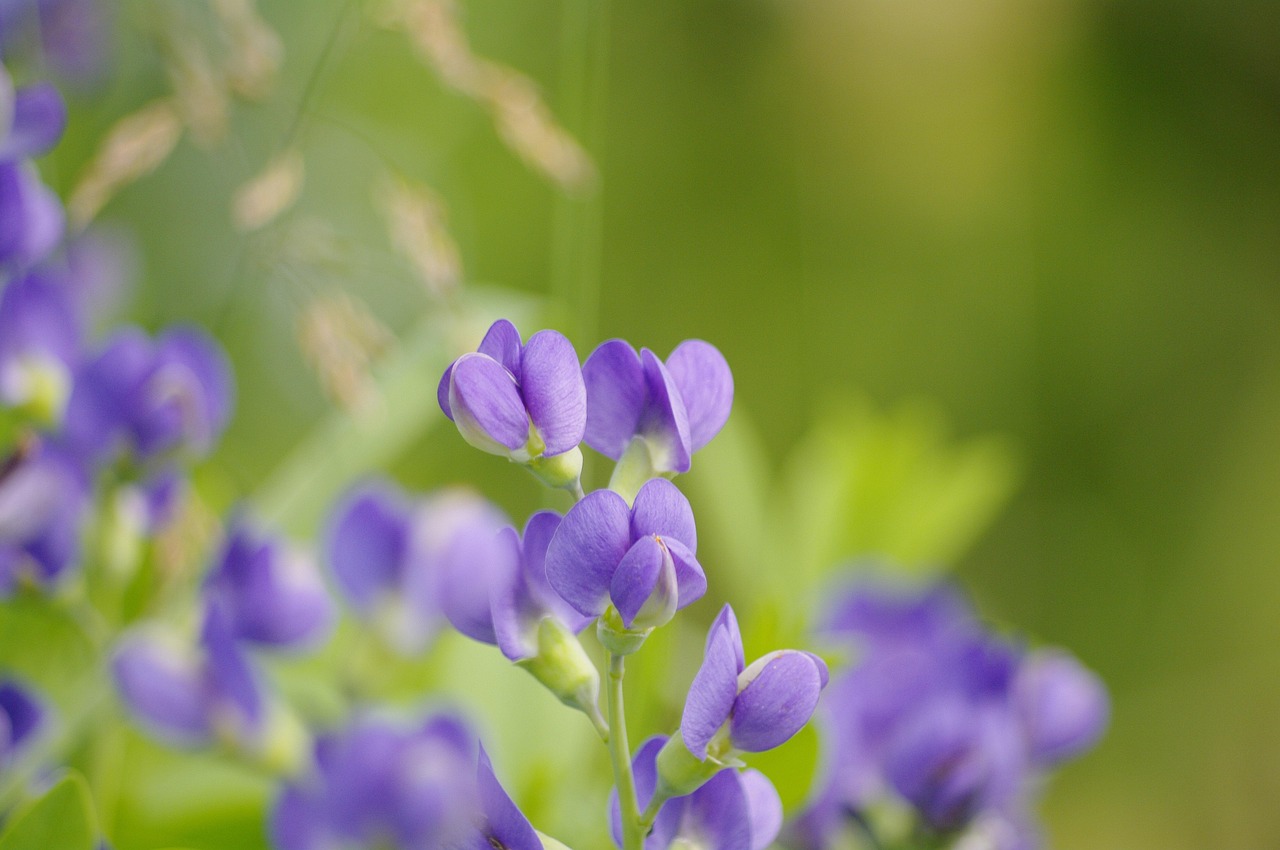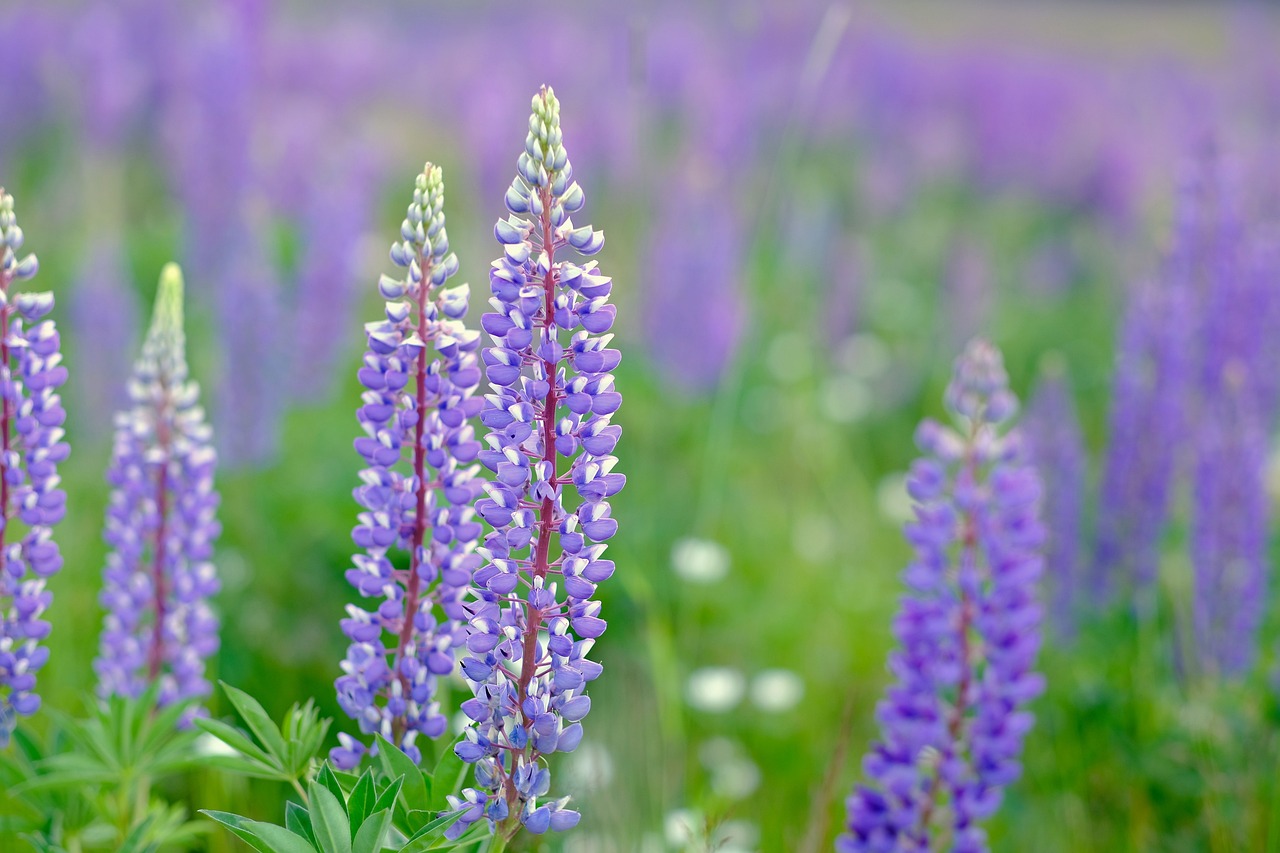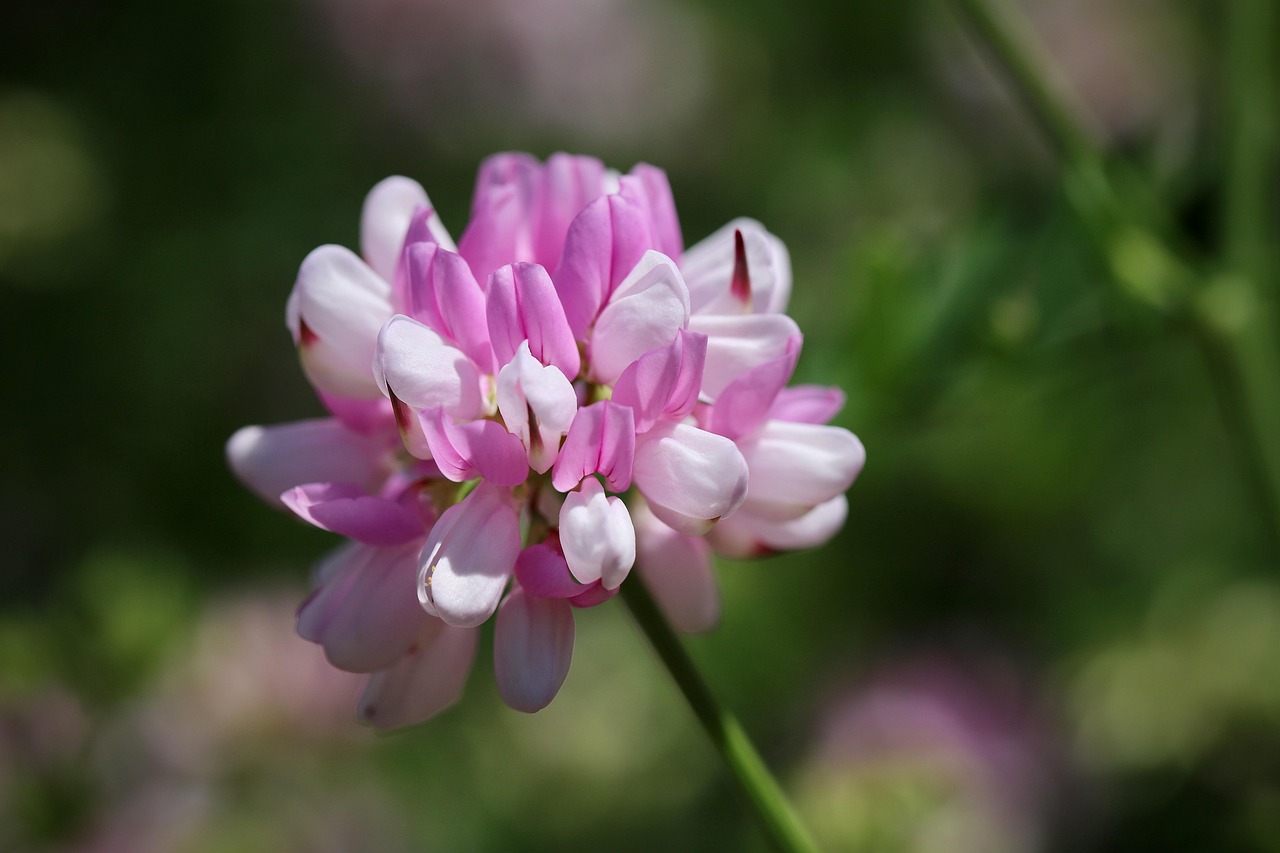Strawberry Candle | The Crimson Spikes that Adorn Southern European Fields

The Strawberry Candle is an annual plant named for its vivid red flower spikes, which resemble the flame of a candle.
It blooms from early spring to early summer, adding charm to flower beds and container plantings with its bright colors and charming appearance.
In this article, I will explain the basic information, cultural background, history, and key points for growing the Strawberry Candle in detail.
Basic Information
- Scientific Name: Trifolium incarnatum
- Family: Fabaceae
- Origin: Southern Europe
- Appearance: It grows to about 30–50 cm in height and spreads slightly outward. The leaves consist of three leaflets resembling clover, and cone-shaped red flower spikes bloom at the tips of the stems. The flowers cluster densely, tapering to a pointed form.
- Blooming Season: April to June
Cultural Characteristics Around the World
The Strawberry Candle is widely appreciated worldwide as an ornamental plant because of its bright red flowers and elegant shape.
In Europe, it has long been used as a green manure crop, but in recent years, its ornamental value has been rediscovered, and it is now often planted in flower beds and used for urban landscaping.
In Japan, its vivid color and unique shape have gained popularity among gardening enthusiasts. It is cherished as a flower that heralds the arrival of spring and is often planted in home gardens and containers.
Historical Background
The original species, Trifolium incarnatum, was first cultivated in southern Europe as green manure and forage.
In medieval agriculture, it was highly valued as a rotational crop that improved soil fertility.
By the 19th century, its ornamental qualities drew attention, and it became a part of horticultural traditions in Britain and France.
In England’s cottage gardens, which emphasize a natural look, it has become one of the classic spring flowers.
The plant was introduced to Japan during the Showa period and has since become popular in home gardening.
Gardening Advice
The Strawberry Candle is an easy-to-grow annual from seed, bringing vivid color to spring flower beds and containers.
Sunlight
Prefers full sun. Insufficient light reduces blooming, so choose a location with plenty of sunlight.
Watering
Water thoroughly when the soil surface dries. Avoid excessive moisture to prevent root rot; good drainage is essential.
Soil
Well-drained, light soil is ideal. Adding leaf mold or perlite to commercial flower soil improves aeration.
Fertilizer
Apply a base fertilizer at planting and supplement once a month depending on growth. Avoid over-fertilizing.
Pruning
Deadhead spent flowers promptly to encourage new blooms. Remove dead leaves and crowded stems to maintain good airflow.
Cold Resistance
Somewhat weak against cold. In colder regions, sow seeds in spring to enjoy blooms by early summer. Plant after the risk of frost has passed.
Conclusion
The Strawberry Candle is an annual that brightens spring landscapes with its crimson, candle-like flower spikes.
Originally cultivated as green manure in Europe, it gained recognition for its ornamental beauty in the 19th century and became widely grown in English and French gardens.
Introduced to Japan during the Showa era, it is now a familiar presence in flower beds, parks, and schoolyards across the country.




